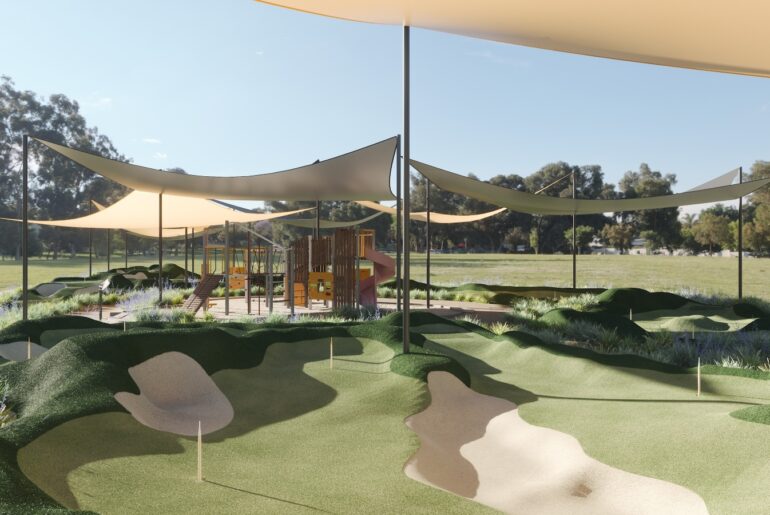The 2025 U.S. Open has returned to Oakmont Country Club, and once again, it’s delivering exactly what golf fans and purists expect: carnage. With only a handful of players managing to break par and the majority struggling just to stay in the 70s, many are asking the same question. Why is Oakmont so difficult to play?
The answer lies in a blend of brutal design, historical prestige, and a setup that defines the very identity of the U.S. Open. So far, in this year’s edition of the tournament, stars like Scottie Scheffler, Bryson DeChambeau or Rory McIlroy haven’t found the key to succeed against such a massive challenge.
Tiger Woods couldn’t win at Oakmont, although he came very close in 2007. Still, the list of champions is spectacular, with names like Ben Hogan, Jack Nicklaus, Larry Nelson, Ernie Els, Ángel Cabrera, and Dustin Johnson.
What state is Oakmont Country Club in?
Oakmont Country Club is located in Oakmont, Pennsylvania, a suburb northeast of Pittsburgh. It’s situated along the Allegheny River and is one of the most historic and prestigious golf courses in the United States.
Why is Oakmont such a hard course to get low scores?1. Lightning-Fast Greens
Oakmont’s greens are its signature feature: sloped, firm, and blazingly fast. Many players say they’re the fastest they’ve ever seen (J.J. Spaun proved it in an amazing preview of the tournament with ESPN).
Just hitting the green isn’t good enough. If you’re on the wrong side of a slope, two-putting becomes a minor miracle — and three-putts (or worse) are a regular sight.
see also
Bryson Dechambeau’s profile: Love life, height, career, age, caddie and all about the golfer
2. Bunkers That Punish, Not Just Protect
With over 210 bunkers, Oakmont doesn’t just protect its greens — it devours off-line shots. The infamous “Church Pews“, a massive ridge of grassy humps running through a long fairway bunker between holes 3 and 4 — can ruin rounds quickly. Many of Oakmont’s bunkers are deep, steep-faced, and cut close to the greens, making recovery shots unpredictable.
3. Rough That’s Nearly Unplayable
The USGA traditionally lets the rough grow high for the U.S. Open, but at Oakmont, it’s borderline malicious. Balls sink into four-inch rough, often requiring punch-outs or desperate hacks that can’t reach the green. Players who miss fairways are typically fighting for bogey or worse.
see also
Rory McIlroy’s profile: Age, love life, caddie, career and all about the Northern Irish golfer
4. Tight, Sloped Fairways
Accuracy is non-negotiable. Oakmont’s fairways are narrow and crowned, meaning even slightly off-center drives can roll into the rough or into bunkers. Unlike more modern, forgiving designs, there’s no “safe miss” off the tee — and the slope often carries balls even farther offline.
Is there water at Oakmont?
Oakmont doesn’t rely on lakes or creeks to be penal as there are almost no water hazards on the entire course. Its difficulty comes purely from elevation changes, strategic bunkering, difficult angles, and severely contoured greens. A testament to pure architectural challenge.
What’s the course record at Oakmont?
The course record at Oakmont Country Club is 63, shot by Johnny Miller during the final round of the 1973 U.S. Open.
see also
Tiger Woods’ profile: Age, family, love life, career highlights, caddie and more








